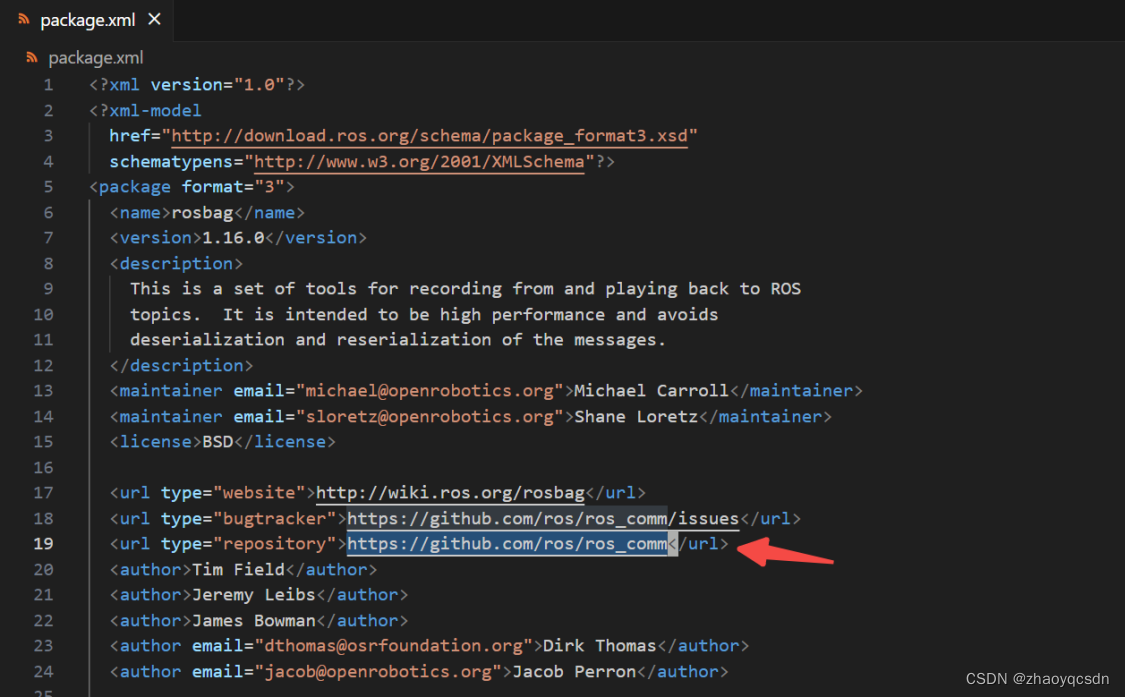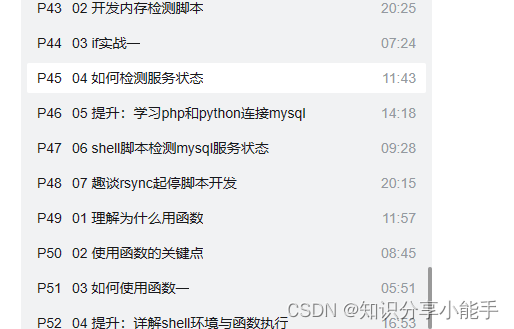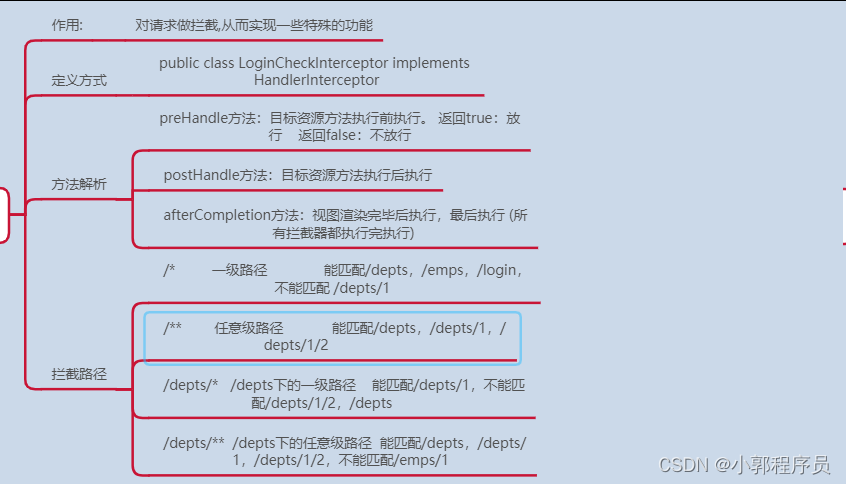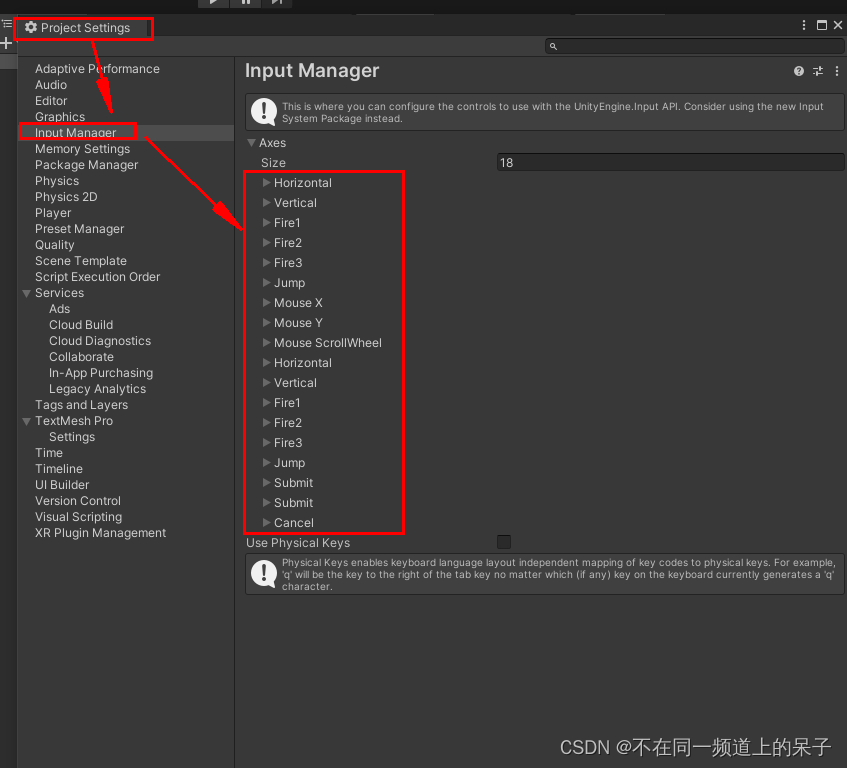目录
1、Hive安装
2、HiveJDBC访问
2.1、启动hiveserver2服务
2.2、连接hiveserver2服务
2.3、注意
3、Hive常用交互命令
3.1、“-e”不进入hive的交互窗口执行sql语句
3.2、“-f”执行脚本中sql语句
4、Hive其他命令操作
4.1、退出hive窗口
4.2、在hive cli命令窗口中如何查看hdfs文件系统
4.3、在hive cli命令窗口中如何查看本地文件系统
5、Hive常见属性配置
5.1、数据仓库位置配置
5.2、查询后信息显示配置
5.3、运行日志信息配置
1、Hive安装
【大数据进阶第三阶段之Hive学习笔记】Hive安装-CSDN博客
2、HiveJDBC访问
2.1、启动hiveserver2服务
启动:hiveserver2
2.2、连接hiveserver2服务
新建命令窗口,输入以下命令
beeline -u "jdbc:hive2://localhost:10000"
出现该图代表成功连接:
2.3、注意
这里报错通常是由于权限不够,只需要对tmp和opt文件夹赋权即可hadoop fs -chmod -R 777 /tmp
hadoop fs -chmod -R 777 /opt
3、Hive常用交互命令
3.1、“-e”不进入hive的交互窗口执行sql语句
hive -e "查询语句"
3.2、“-f”执行脚本中sql语句
hive -f sql文件路径/sql文件名称
执行文件中的sql语句并将结果写入文件中
hive -f sql文件路径/sql文件名称 > 保存结果的路径
4、Hive其他命令操作
4.1、退出hive窗口
exit;
quit;
4.2、在hive cli命令窗口中如何查看hdfs文件系统
dfs -ls /;
4.3、在hive cli命令窗口中如何查看本地文件系统
!ls /opt;
5、Hive常见属性配置
5.1、数据仓库位置配置
修改hive-site.xml文件的value
<property>
<name>hive.metastore.warehouse.dir</name>
<value>/opt/hive/warehouse</value>
</property>
5.2、查询后信息显示配置
在hive-site.xml文件中添加如下配置信息,就可以实现显示当前数据库,以及查询表的头信息配置。
<property>
<name>hive.cli.print.header</name>
<value>true</value>
</property><property>
<name>hive.cli.print.current.db</name>
<value>true</value>
</property>
重新启动hive,对比配置前后差异。
5.3、运行日志信息配置
Hive的log默认存放在/tmp/root/hive.log目录下(root为当前用户名)

修改hive的log存放日志到/opt/hive/logs
1.修改/opt/hive/conf/hive-log4j.properties.template文件名称为hive-log4j.properties
mv hive-log4j.properties.template hive-log4j.properties
2.在hive-log4j.properties文件中修改log存放位置
hive.log.dir=/opt/hive/logs

重启hive













![XCTF:凯撒大帝在培根里藏了什么[WriteUP]](https://img-blog.csdnimg.cn/direct/600c5f66c17c4268b51c6fe4d12849b0.png)










